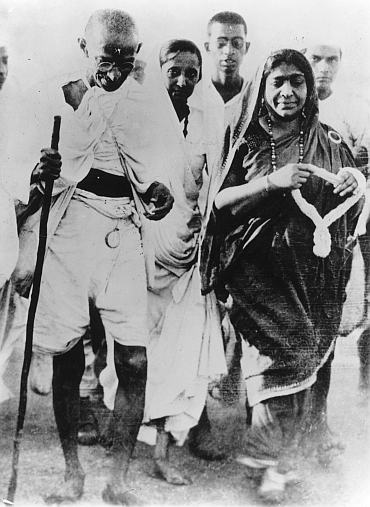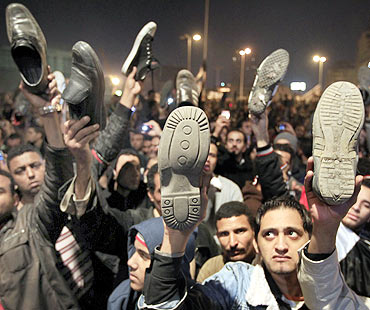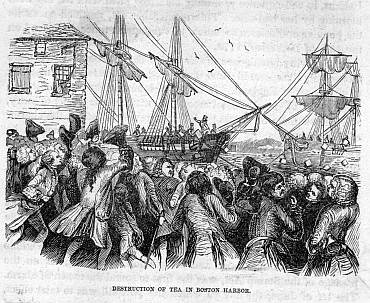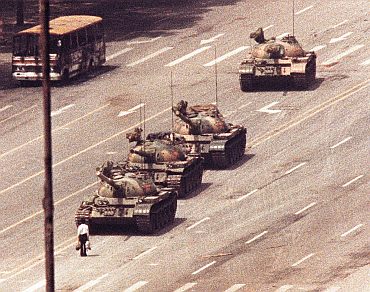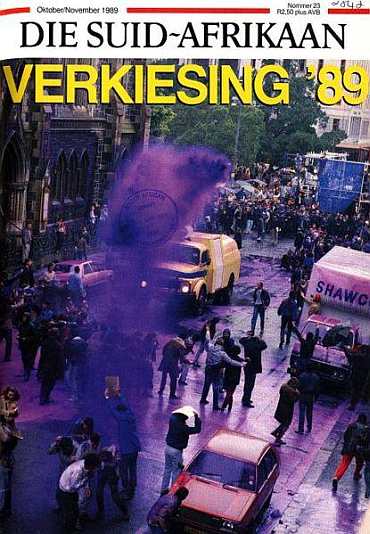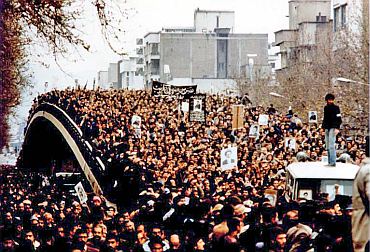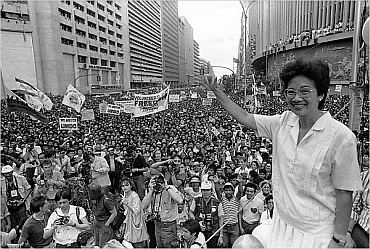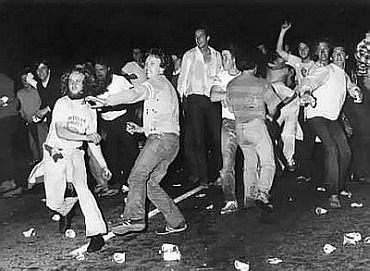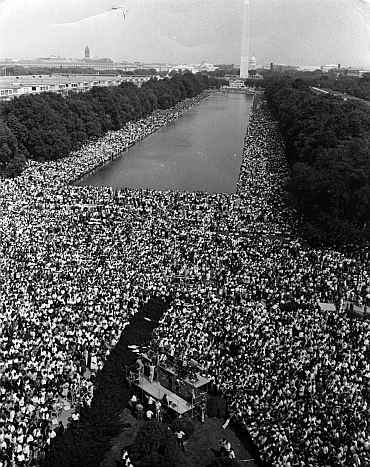 | « Back to article | Print this article |
Gandhi's 'Salt Satyagraha' - 1930
Mahatma Gandhi-led 'Salt Satyagraha' during India's independence struggle has been named among the 'Top 10 Most Influential Protests' in the world by the prestigious Time magazine. In March 1930, Gandhi embarked on a 24-day march from Sabarmati Ashram near Ahmedabad to the small seaside town of Dandi to produce salt to protest against the British salt monopoly in colonial India.
The non-violent campaign triggered the wider Civil Disobedience Movement against British rule. Known as the salt "satyagraha" -- a Sanskrit term loosely meaning "truth-force" -- it carried the emotional and moral weight to break British empire, the Time said.
That act for which more than 80,000 Indians would get arrested in the coming months sparked years of mass
civil disobedience that came to define both the Indian independence struggle as well as Gandhi himself, the Time said.
Click NEXT to read further
The Egyptian revolution - 2011
The January 25 Egyptian revolution against the regime of Hosni Mubarak has also made it to the list. After 30 years in the top spot, Mubarak received his first serious challenge on January 25, 2011 when more than one million protesters, fuelled by political unrest, massive unemployment and social media, assembled in Tahrir (Liberation) Square, the Time said.
The uprising was mainly a campaign of non-violent civil resistance, which featured a series of demonstrations, marches, acts of civil disobedience, and labour strikes. Mubarak finally stepped down on February 11.
Click NEXT to read furtherThe Boston Tea Party, 1773
The Boston Tea Party is something of a misnomer, as while it did indeed feature tea, it was definitely not a party says the Time . On a cold December evening, protesters gathered in Boston Harbor to reject the latest shipment of tea from the East India Company.
They were speaking out against the Tea Act, which allowed the East India Co. to sell its tea at reduced cost, thus giving the British-government-controlled company an effective monopoly. As the story goes, the colonists stormed the ships as they pulled into the harbor and chucked some 46 tonnes of tea overboard, says the Time.
The incident remains an iconic event of American history.
Click NEXT to read further
Tiananmen Square protests, China, 1989
As crowds swelled to 100,000, similar gatherings across the country joined their pleas for change. Finally, on June 4, 1989, the government gave the green light for troops and tanks to open fire on the square.
Though the exact number killed was never revealed, the image of the unknown rebel -- unwavering in the face of government machinery -- helped reshape the way the world saw the People's Republic of China, and it still speaks to the crowning power of peaceful protest in the face of an oppressive regime.
Click NEXT to read further...Purple Rain Protest, Cape Town, 1989
The Purple Rain Protest is as famous for its iconic imagery as for its role in stopping apartheid in South Africa, says the Time. When thousands of antiapartheid activists took to the streets in Cape Town four days before parliamentary elections, police turned a water cannon with purple dye on them in an effort to halt the demonstrations and mark the protesters for identification and arrest.
The plan backfired, however, when one protester hijacked the nozzle from a police officer and sprayed office buildings and the local headquarters of the ruling National Party, says the Time.
Click NEXT to read further...
Muharram protests, Iran, 1978
On December 2, 1978, more than 2 million people took to Tehran's Shahyad Square to call for the overthrow of Shah Mohammed Reza Pahlavi and the return of Grand Ayatullah Ruhollah Khomeini from exile.
By December 11, somewhere between 6 million and 9 million -- or roughly 10 per cent of the entire population -- had taken to the streets in the Muharram protests (named for the Islamic month in which they fell).
In a victory for the people, the embattled leader agreed to step down later that month, says the Time.
Click NEXT to read further...
People Power, Philippines, 1986
An innocuous housewife brought down a dictatorship. When Corazon Aquino's husband Benigno -- a much loved, pro-democracy Filipino politician -- was slain in 1983, allegedly by agents of the repressive regime of Ferdinand Marcos, she could have chosen to remain in comfortable exile in Boston, says the Times.
But she returned to the Philippines and took up her husband's mantle. Months of activism and pressure compelled the Marcos regime to hold a snap election on Feb. 7, 1986, that declared Marcos the winner amid widespread reports of vote rigging and voter intimidation.
Hundreds of thousands turned out in the streets of Manila, many garbed in yellow the Aquino signature color. The massive demonstrations gave the world the phrase people power and were buttressed by key defections from Marcos' camp; a mutiny within the army compelled him to step down and go into exile, says the Times.
Click NEXT to read further...
Moratorium Against the Vietnam War, Washington, 1969
In the fall of 1969, more than 500,000 people marched on Washington to protest United States' involvement in the Vietnam War. It remains the largest political rally in the nation's history, says the Times.
While President Richard Nixon was said to have spent the day watching college football inside the White House, to the rest of the world, the protests successfully proved that the antiwar movements comprised more than just politicised youth, says the Times.
Click NEXT to read further...
Stonewall, New York, 1969
The riots following the June 28, 1969, police raid on New York City's Stonewall Inn did not start the discussion on gay rights, but they certainly became the catalyst for a national movement, says the Times.
When the Mafia-owned bar that offered a safe place for gay men and lesbians to drink and dance was shut down as part of a citywide crackdown on homosexual life, Greenwich Village erupted into several days of unrest.
Violent police beat-downs and open mocking of the authorities by the protesters escalated the neighborhood protest into a full-scale rally for acceptance and equality. Prior to the Stonewall riots, the gay-rights movement had been mostly underground; only two years later, there were organised groups in every major city in America, says the Times.
Click NEXT to read further...Civil Rights March, Washington, 1963
The more than 200,000 people who descended on Washington, DC, on August 28, 1963, proved that protests don't need to be violent to be powerful.
In addition to meeting with President John F. Kennedy and members of Congress, the groups' leaders led a march from the Washington Monument to the Lincoln Memorial, says the Times.
